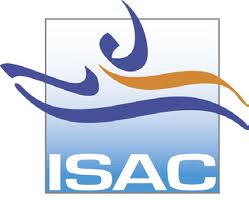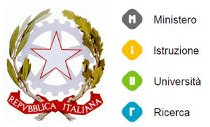You are here
Institutions participating in the project
|
CNR DTA: State research institution. International excellence in the running of experimental and observation programmes in remote areas, the drilling of cores in marine sediments and processing of sediment cores, data analysis and paleoclimate research activities. Participant in WPs 1.5, 2.4 and 2.6. |
||||
|
|
CNR ISAC: State research institution. International excellence in the field of climate observations in remote regions, measurement of atmospheric parameters and air quality, design, management and implementation of measurement campaigns, development of innovative technologies for data measurement and transmission, data analysis, numerical simulations of the global climate and high-mountain climates, downscaling techniques and analysis of climate change impacts on the mountain environment. It is involved in the management of European projects and participates in international programmes (GAW-WMO, UNEP, SHARE, ACTRIS, GEO/GEOSS, GEWEX, EC-Earth, ECRA). Participant in WPs 1.1, 1.2, 2.1, 2.5 and 2.6. |
|||
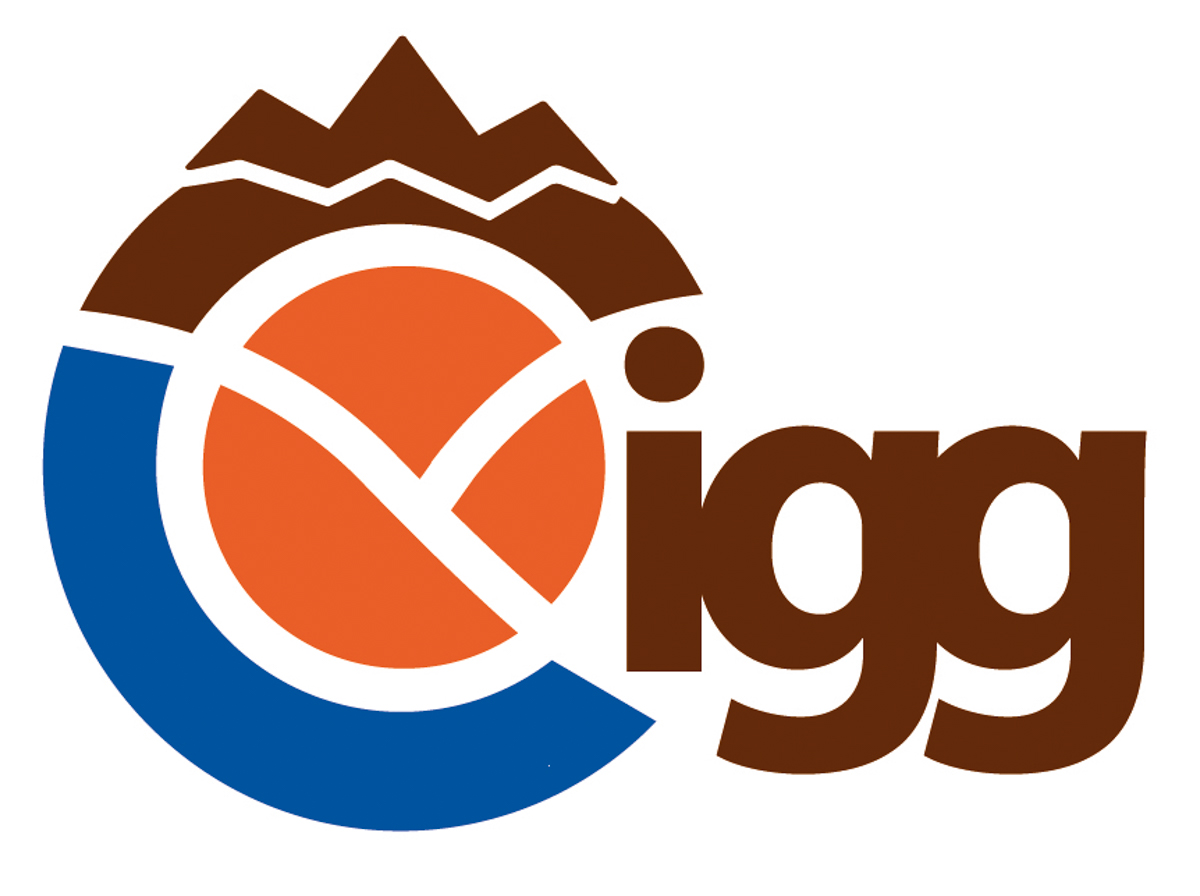 |
CNR-IGG: The Institute of Geosciences and Earth Resources of CNR (CNR-IGG) conducts basic and applied research on the geological and environmental processes occurring in the Earth System, on the management of Earth resources for sustainable development and on the impact of global change. In the framework of NextData, CNR-IGG works on mountain geomorphology and geology, on the impacts of climate change on mountain water resources and on paleoclimatic reconstructions. |
|||
|
CNR IAMC: The Institute for the Coastal and Marine Environment (IAMC) of the Italian National Research Council has five territorial branches and one research unit, with headquarters in Naples. With over 190 staff members and more than 80 postdoctoral researchers, IAMC conducts research on biological, geological, chemical and physical scientific topics and technology transfer. Supported by modern technical equipment, both in the laboratory and at sea, the Institute’s mission is to conduct interdisciplinary research in coastal marine science, with a primary emphasis on Southern Italy and the Mediterranean. |
||||
 |
CNR-IIA: IIA is involved in the monitoring and modelling of atmospheric pollution on all scales. The Institute has a long history of air quality studies, instrument and technology and methodology design. The Institute is involved in polar research projects, and at the high altitude monitoring site (Ev-K2-CNR) in the Himalayas. A key thematic area is the development of methodologies and interoperable systems for data sharing, data brokering, and dissemination of environmental knowledge. The Institute contributes to GEO, the Group on Earth Observations which coordinates the building of a Global Earth Observation System of Systems(GEOSS). |
|||
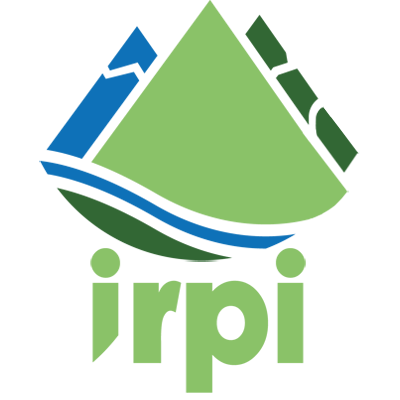 |
CNR-IRPI: Research Institute for Geo-hydrological Protection. The Institute's mission is to plan, promote and conduct scientific research and technological development in the field of geo-hydrological risks. It has over 20 years of experience in studies of glacial and periglacial areas, in the Alps and in other mountains around the world, with a focus on changes over time, as terrestrial indicator of climate change, and as an essential knowledge to investigate present and future hazards in such areas, also in the framework of international projects (GLACIORISK, PERMADATAROC, GLARISKALP, GEONATHAZ). |
|||
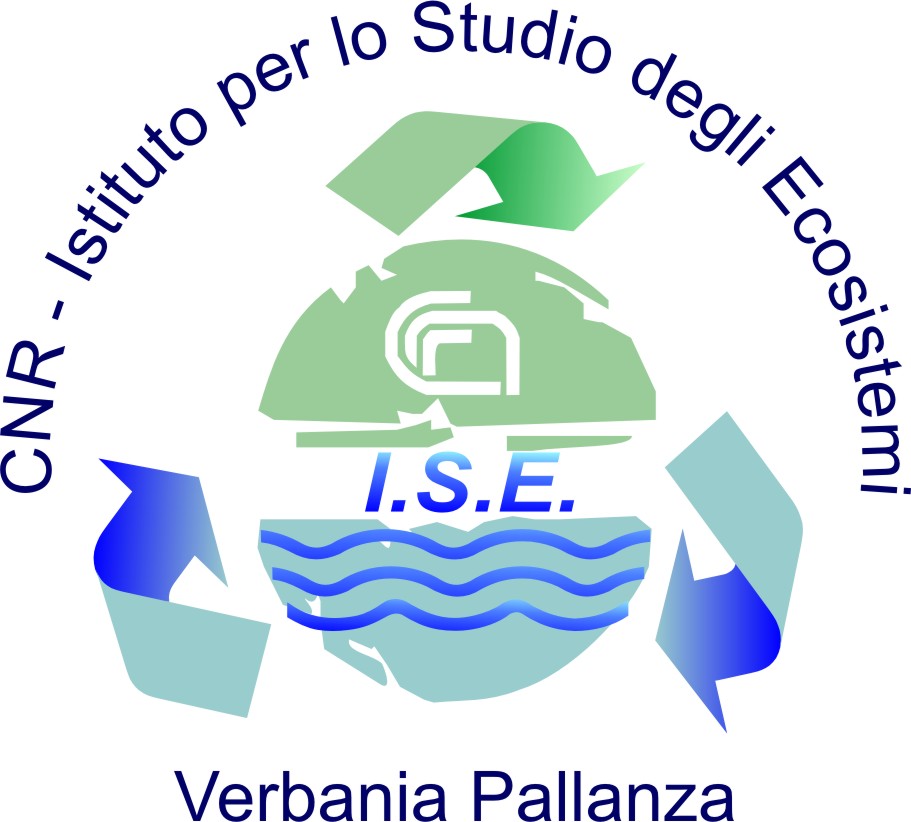 |
CNR-ISE: CNR-ISE develops basic and applied research activities in the field of water and land ecosystems, and is involved in understanding how ecosystems react to the impact of global climate change and anthropogenic pressure. A key thematic area is development of methodologies to study anthropogenic impacts, climate changes and their effects on water bodies. The Institute is involved in research projects at the high altitude site in several areas of the globe. |
|||
 |
CNR-IDPA: The Institute for the Dynamics of Environmental Processes-CNR (IDPA-CNR) in Venice is active in the field of interdisciplinary environmental research with the main research themes including: environmental chemistry (e.g. heavy metals and persistent organic pollutants in polar and temperate ice and snow, lagoon, marine and lake waters, etc.), climate change (e.g. long-term paleoclimate and atmospheric chemistry from ice cores) and analytical chemistry (e.g. development of mass spectrometry-based advanced analytical methodology for trace and ultra-trace determinations in environmental and biological matrices). |
|||
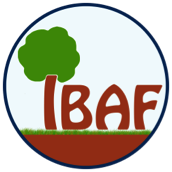 |
The CNR-IBAF scientific mission, is to carry out the activities of basic and applied research on the following areas: interactions between plants and the environment; anthropogenic effects on the ecological balance; biological and evolutionary processes and mechanisms in plants in relation to the environment; ecophysiological mechanisms and productivity of agricultural and forest plants. The Institute is involved in Long Term Ecological Research activities (LTER-Italia) and in forest monitoring. Within Nextdata the Institute will study gas-exchanges between biosphere and atmosphere with the ecological implications. Furthermore, IBAF will coordinate the activities to provide NextData with datasets of ecological and biological parameters with the needed informatic standards and tools. Examples will come from LTER-Italy mountain sites. |
|||
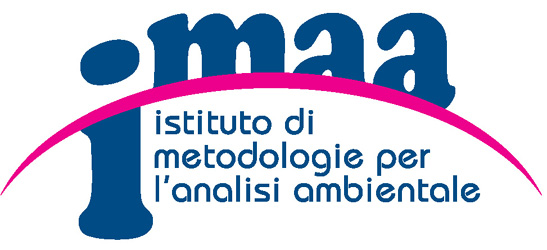 |
CNR-IMAA: The Institute of Methodologies for Environmental Analysis (IMAA) is specialized in the development and integration of technologies for Earth observations from satellite, airborne and ground base platforms. The IMAA take advantage of advanced research infrastructures such as the atmospheric observatory named CIAO (CNR-IMAA Atmospheric Observatory) and the system for direct receiving and on-line archiving of satellite data (eg NOAA, EOS, METOP, NPP, MSG). IMAA coordinates and participates in several FP7 projects, and in networks and programs for research and monitoring. |
|||
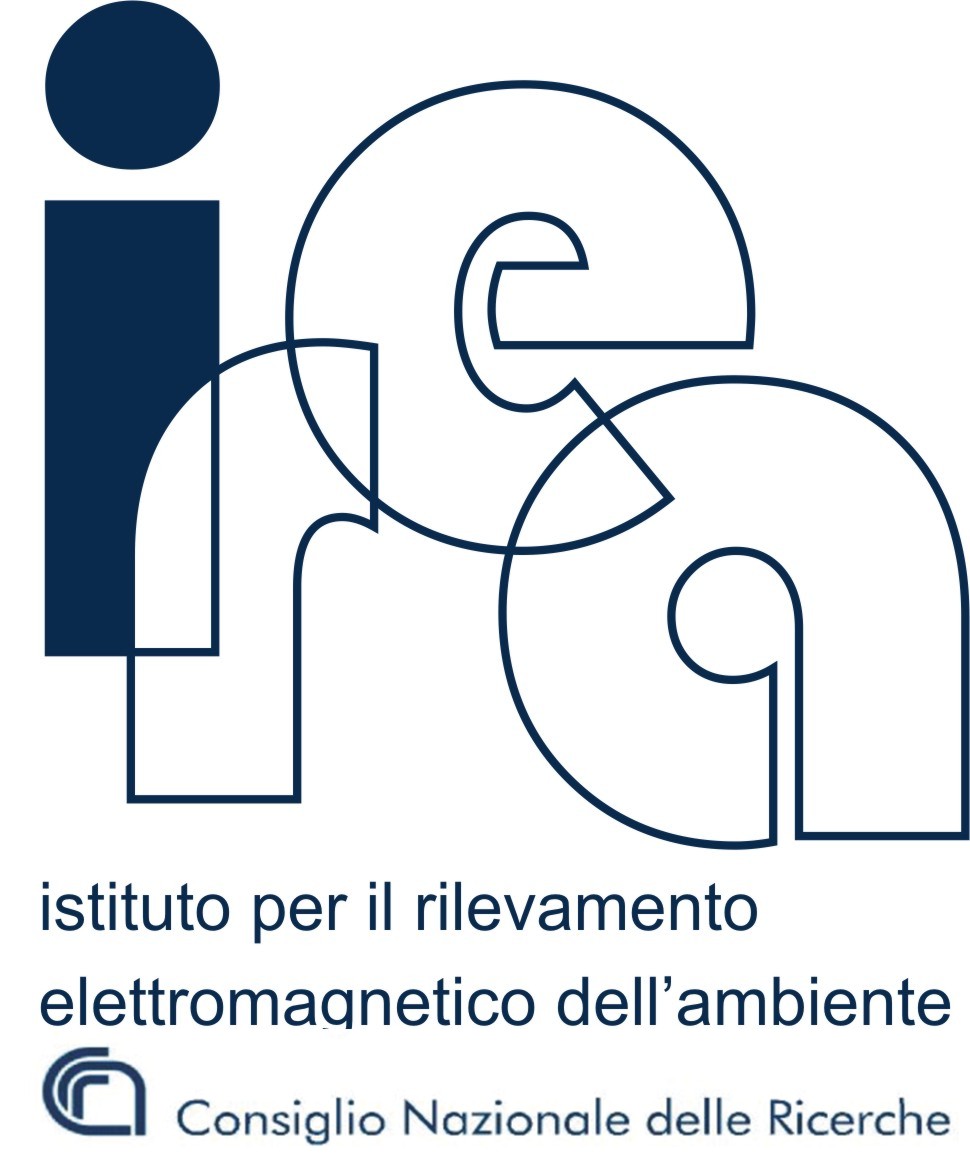 |
CNR-IREA: The mission of the Institute for Electromagnetic Sensing of the Environment is the development of methodologies and technologies for acquisition, processing, fusion and interpretation of images and data obtained by electromagnetic sensors - operating on satellite, aircraft and in situ - and the dissemination of information extracted, aimed at monitoring environment and territory, at non-invasive diagnostic and at electromagnetic risk assessment. The Institute has consolidated expertise in the fields of optical and microwave remote sensing, diagnostics in situ for environment and territory, combined with the biological one for risk assessment from exposure to electromagnetic fields but also for their possible applications in medicine. |
|||
|
|
DISAT-UNIMIB: State university. Competence of international excellence in paleoclimate research based on ice cores, in ice drilling and data analysis, the development of techniques for the drilling and analysis of ice cores in extreme environments. Participant in WPs 1.4, 2.3 and 2.6. | |||
 |
CMCC: Non-profit making limited consortium company. Competences of international excellence in numerical simulations of the global and regional climate, the analysis of climate variability impacts, and participation in international research programmes on climate simulations (IPCC, CMIP5). Participant in WPs 2.5 and 2.6. |
|||
|
|
INGV: State research institution. The INGV group involved in the project has competences of international excellence in the analysis of marine data and in reanalyses of the Mediterranean, based on the assimilation of historical data into high-resolution numerical models. Participant in WPs 1.3, 1.5, 2.2, 2.4 and 2.6. |
|||
| ENEA UTMEA: Governmental research institution. The ENEA UTMEA groups involved in the project have competences of international excellence in the measurement of atmospheric parameters in remote areas, the development and use of numerical regional-scale and climate models, Earth-atmosphere interactions in the Mediterranean area, paleoclimate studies by means of ice-core analysis, and participation in and running of international projects. Participant in WPs 2.1, 2.5 and 2.6. | ||||
 |
CINECA: Cineca is a non profit Consortium, made up of 56 Italian universities, and 3 Institutions. Today it is the largest Italian computing centre. It operates in the technological transfer sector through high performance scientific computing, the management and development of networks and web based services, and the development of complex information systems for treating large amounts of data. It develops advanced Information Technology applications and services, acting like a trait-d'union between the academic world, the sphere of pure research and the world of industry and Public Administration. |
|||
|
ICTP: International institution funded by the Italian Government, UNESCO and IAEA. Competences of international excellence in high-resolution numerical simulations of regional climate in the areas involved in the project, including the Himalayan zone. Participant in WPs 2.5 and 2.6. |
||||
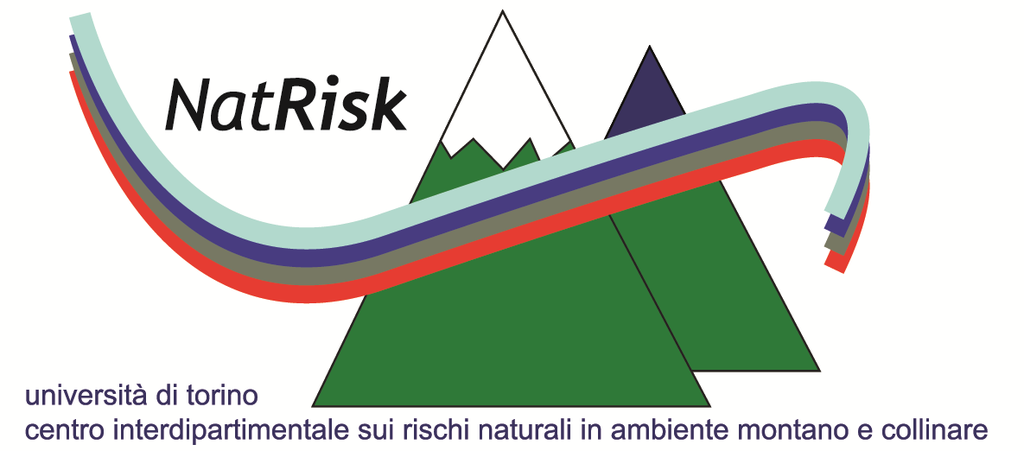 |
NatRisk the Interdipartimental Research Centre on Natural Risks in Mountain and Hilly Enviroments at the University of Torino it’s a network of Departments for research on risk prevention and management in mountain areas. It is an interdisciplinary research team, specifically devoted to the analysis of the interactions between climate, pedological-geological environment and morphodynamic processes. UniTo has long-term expertise on mountain soil and snow investigations, with particular emphasis on the biogeochemistry of seasonally snow-covered areas (gas fluxes, C and N dynamics in soil and soil solution). Within NextData, the Università degli Studi di Torino - NatRisk unit will provide access to existing data and possible collection of new data for the research sites IT19-001-T “Mosso” and IT19-005 T “Torgnon”, in collaboration with the Environmental Protection Agency of the Valle d’Aosta Region. | |||
 |
University of Turin: The groups participating in the project conduct research aimed at assembling historical hydrometeorological data, land surface parameterization models, and field energy and mass flux monitoring. |
|||
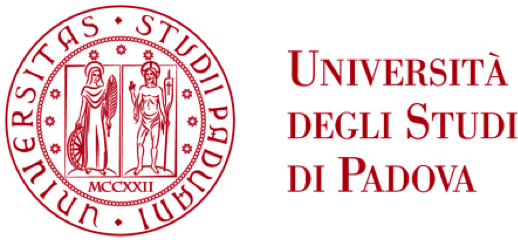 |
University of Padova: The group from University of Padova is actively involved in research projects concerning the development of historical hydro-meteorological archives, runoff prediction and forecasting at hillslope and basin scale, and monitoring of mass and energy flows in mountain basins. The research activity is also focused on precipitation estimation and forecasting by means of remote sensing (satellite and weather radar), and on the evaluation of the impact of climatic variability and change on runoff regime. | |||
 |
Tuscia University (UNITUS): and in particular the Department for Innovation in Biological, Agro-food and Forest systems (DIBAF) has been created by combining scientific expertise from the former Agriculture and Biological Sciences Faculties. It is a multidisciplinary research and teaching department whose aim is the scientific innovation and technological processes of exploitation, conservation and the management of biological systems and forest resources. Other research topics are related to transformation processes and food safety, human health and environment chemistry, with special attention to environmental sustainability (green economy, blue economy, white economy). The research group involved in NextData | |||
 |
University of Molise, UniMol has long-term expertise on ecological research applied to the high elevation ecosystems of Apennines mountains, concerning the spatial pattern analysis of plant communities and its changes in the last decades, the effects of global warming on vascular plant diversity along elevation gradients, the anatomical plasticity of woody vegetation at high elevation, the detection of changes in tree cover and the influence of land use changes and global warming at the treeline ecotone. In NextData, UniMol will provide access to data from sites which consists of “orographic islands” with high elevation vegetation in central Mediterranean basin, along the Central and Southern Apennine mountain range, and permanent plots are placed between 2000 and 2700 m a.s.l. | |||
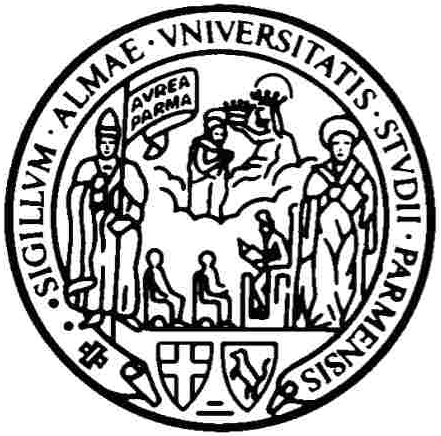 |
The Department of Life Sciences at the University of Parma has gained extensive expertise in the study of terrestrial and aquatic ecosystems in mountain regions. One of the most important research areas is the study of Northern Apennine water bodies. Systematic surveys began in the 1950s, when the research was oriented to the physiographic and hydrochemical characterization of temporary and permanent lentic systems and the description of the seasonal succession and distribution of zooplankton. More recently, the analysis of biodiversity and biogeographical patterns of invertebrates in both lentic and lotic (including springs) ecosystems has been addressed using a rigorous taxonomic approach. Other currently active research topics include population and community ecology of plankton, phenological responses to climate change, whole-ecosystem analysis using trophic flow networks. UniPar is coordinating the LTER site “Mountain lakes” and will provide access to existing data and possible collection of new data. | |||
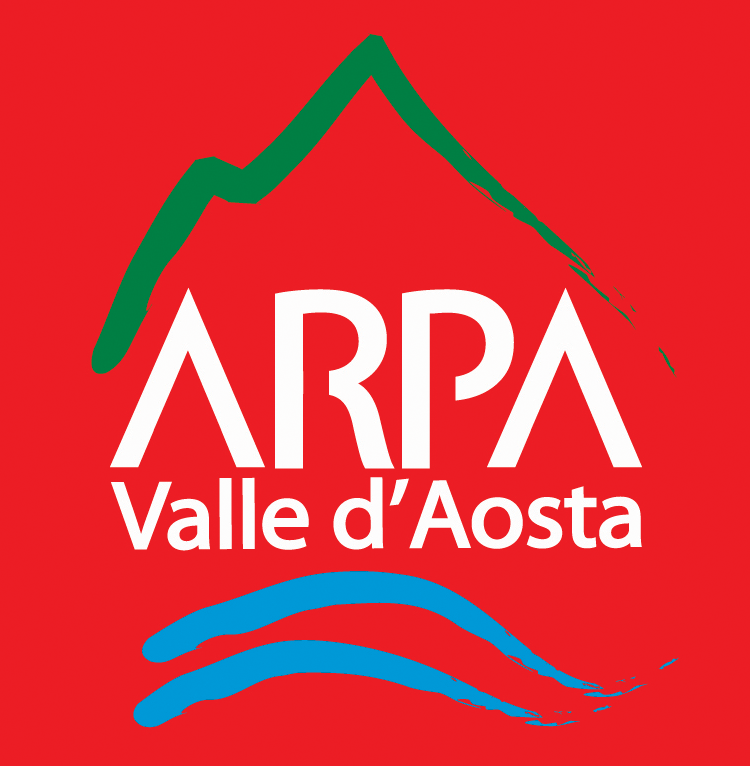 |
ARPA VDA: Regional Agency for Environmental Protection of the Aosta Valley. Expertise in environmental monitoring and prevention. The ARPA VDA group involved in the project (Climate Change Unit) has expertise in monitoring climate change effects in the alpine region, and, in particular, in monitoring and modeling snow properties. |
|||
 |
CIMA : CIMA Research Foundation is a non-for-profit organization under the Italian Legal Regulations. The Foundation supports and promotes research, technological development, and high level training in weather forecasting and observations, hydrology, climate, natural and man-made risk, ecosystem and social system modelling, environmental chemical processes, and renewable energy sources. The CIMA group involved in the project has experience in snowpack modelling, operational hydrometeorological chains, integration of satellite observations, models and ground measurements. |
|||
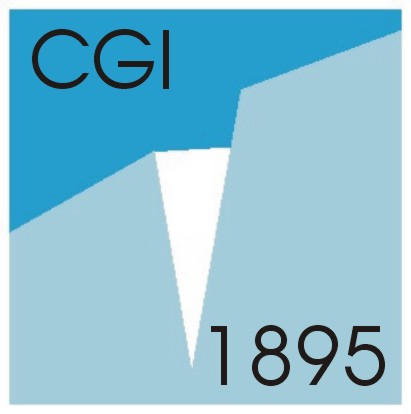 |
CGI : the ITALIAN GLACIOLOGICAL COMMITTEE (CGI) has been working in Italy since 1895, with the task of promoting and coordinating research in the field of glaciology. First born as a commission of the Italian Alpine Club (CAI) for the study of Italian glaciers, the CGI became an independent organism in 1915, with the support of the National Research Council (CNR) and of other organizations and associations interested in the glaciological research. |
|||
| |
PNGP : The Gran Paradiso National Park has its vigilance service since several decades, allowing for continuous monitoring of the protected area. PNGP conducts scientific research applied to nature conservation and cooperates with several universities and research Institutions. Current projects focus on monitoring and measurement of habitats and ecosystems, censuses of target species (Alpine ibex, chamois) and eco-ethology of species with conservation interest. In 2006, PNGP started a new long-term project on the measure of animal biodiversity and its changes. |
|||


